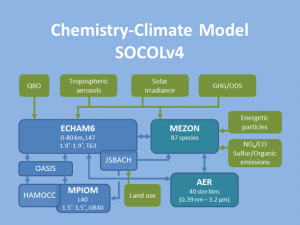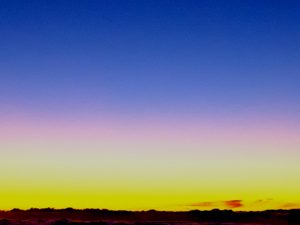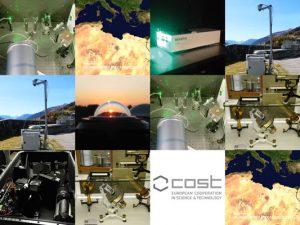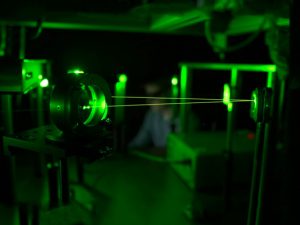RESEARCH & DEVELOPMENT
Space
The measurement of solar irrad-iance in Space at PMOD/WRC has various objectives including solar physics, solar monitoring, and the influence of the sun on Earth’s climate.
Earth
Measurements of solar irradiance on Earth are a fundamental aspect of meteorological obser-vations and climate monitoring. Research has been conducted at PMOD/WRC since 1907.
Solar Physics
The main scientific goals of the Solar Physics group at PMOD/ WRC are to research and monitor solar activity at different time and size-scales.
Climate Modelling
The Climate Group of the PMOD/WRC studies natural and anthropogenic influences on the Earth’s atmosphere, ozone layer and climate.
Ozone Section
The Arosa/Davos total ozone column measurement series represent the World’s longest continuous time-series, starting in 1926.
Thematic Projects
Thematic projects at PMOD/WRC are mainly funded through external sources which allow multi-disciplinary research on national and international levels.
Finished Projects
Finished projects include: ATLAS, ATMOZ, Cost Action InDust, CRUX, ExTrac, Solar UV, FUPSOL I and II, Geo-Cradle, VEC, SIMA, SOLID, SOL-PHENO . . . amongst others.
R&D Facilities
The PMOD/WRC has a wide-range of facilities which allow R&D projects to be conducted on-site. Many facilities are available for use by academic institutes as well as industry.
Overview
Projects at PMOD/WRC are related to solar radiation in which we address questions regarding the radiation energy budget in the terrestrial atmosphere, as well as problems in solar physics in order to understand the mechanisms concerning the variability of solar irradiance. The research and development activities can be grouped into three main themes:
-
Solar physics
-
Climate modelling
-
Solar irradiance measurements in Space and on Earth
Hardware projects at our institute are part of investigations into Sun-Earth interactions which involve measurements of solar irradiance. The choice of projects to be conducted at the institute is governed by the synergy between the “know-how” obtained from the Operational Services of the WRC and other research activities. Basically, the same instruments are built for space experiments as are utilised for ground-based measurements.








